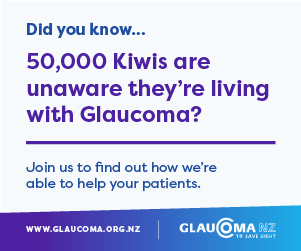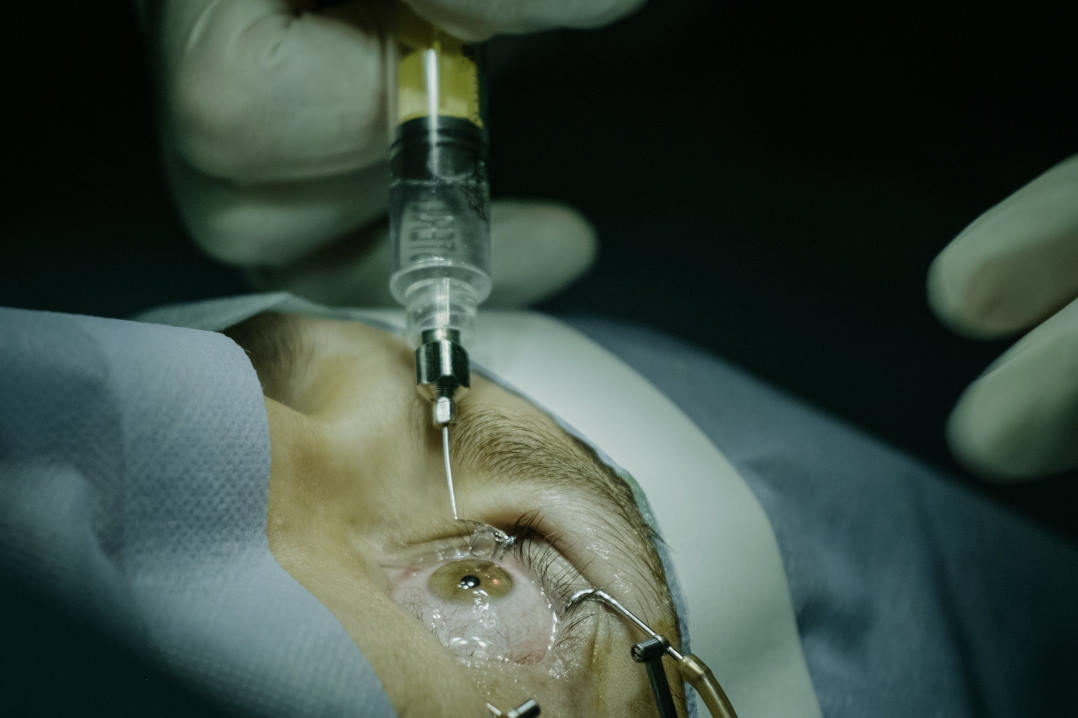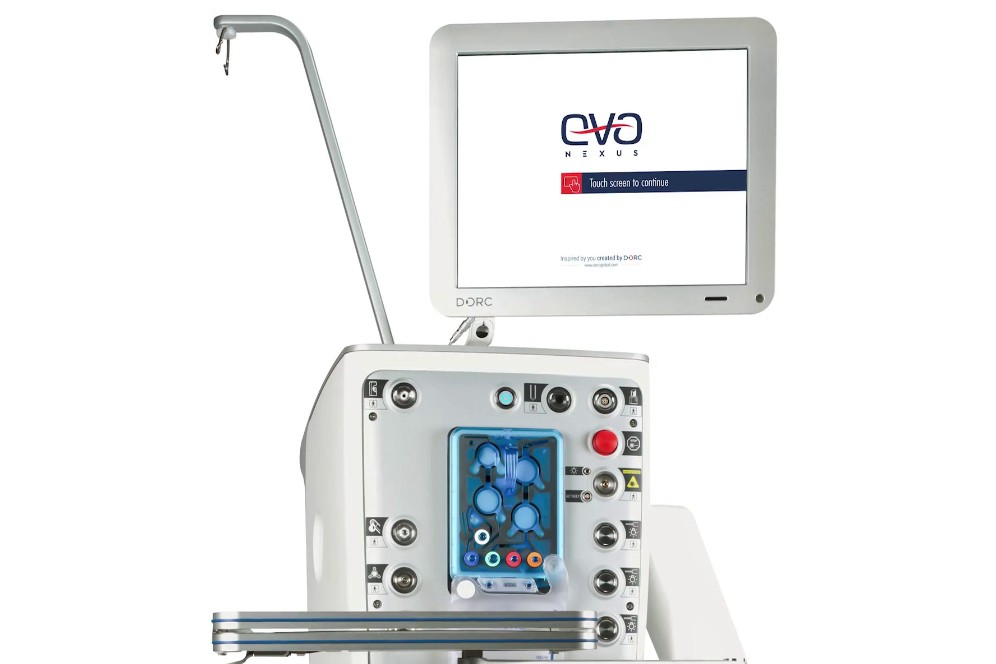Unravelling DR progression trends
US researchers found the risk of progression to vision-threatening forms of diabetic retinopathy (DR) was more pronounced in eyes with moderate-to-severe non-proliferative DR (NPDR) at baseline.
Published in BMC Ophthalmology, the retrospective cohort study was led by Rocky Mountain Retina Associates’ Dr Geeta Lalwani and included 22,109 US adults with at least two gradable seven-field fundus photographs taken between 1999 and 2016. DR severity was graded using the ETDRS Diabetic Retinopathy Severity Scale, with changes of two or more steps representing clinically significant worsening.
Across all eyes, the cumulative incidence of two-step or greater worsening was 2.7% at two years and 9.6% at five years. Eyes with moderate-to-severe NPDR (ETDRS levels 43–53) at baseline were most vulnerable, with more than one-third (36.4%) worsening by five years, said authors.
When progression to vision-threatening disease was analysed separately, three phenotypic patterns emerged: those developing clinically significant macular oedema, those progressing to PDR and a smaller group developing both. Authors said these patterns appeared to be influenced by factors beyond baseline severity.
White and Black patients had higher two-year progression rates (7.6% and 4.8%, respectively) than Native American participants (1.6%), while eyes in people with type 1 diabetes deteriorated faster than those with type 2 diabetes.
Researchers concluded eyes presenting with moderate-to-severe NPDR are at greatest long-term risk of vision-threatening DR, though additional systemic and demographic factors likely contribute to individual disease trajectories.
























